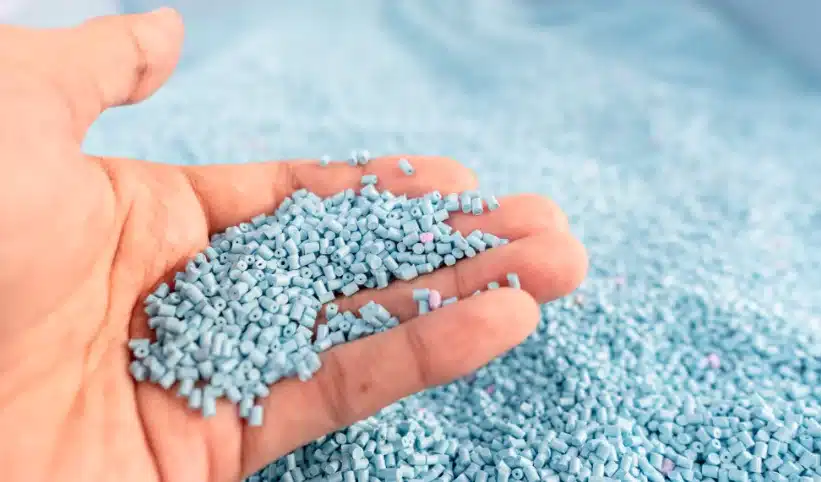In the manufacturing industry, injection molding is essential for creating top-notch products. Prior to production, prototypes are typically made to evaluate the functionality and identify any design adjustments needed. The selection of prototype material can significantly affect the outcome of the injection molding process. This article explores the importance of prototype materials in injection molding, emphasizing their role in achieving outcomes.
Understanding the Selection of Prototype Materials
Selecting prototype material is critical as it allows manufacturers to thoroughly assess aspects of a product’s design, performance, and feasibility for production. The selected plastic material should closely resemble the properties and behavior of the intended production material while facilitating fabrication processes.
Understanding the Importance of Prototype Materials in Injection Molding
Prototype materials include thermoplastics, elastomers, composites, and metals. Each type offers characteristics that enable engineers to address requirements during testing. Common prototype materials include acrylonitrile butadiene styrene (ABS), polypropylene (PP), high-density polyethylene (HDPE), polycarbonate (PC), and nylon.
Key Factors to Consider When Selecting Prototype Materials
Selecting appropriate prototype materials requires careful consideration of several factors. These include:
1. Impact on Functional Testing
One aspect influenced by the choice of prototype material is testing. Functional testing is essential to ensure that all parts of a product work together smoothly before moving into production. By using prototype materials that closely mimic the properties of the product, manufacturers can assess how well the components perform under various conditions and levels of stress.
2. Heat Resistance
During testing, new products are assessed for qualities like durability, strength, flexibility, electrical conductivity, and insulation capabilities—all attributes for reliable performance in real-life situations. Through prototyping with materials, significant time and cost savings can be achieved by reducing the need for last-minute revisions or unexpected design issues.
3. Impact on Design Validation
Design validation involves evaluating how each dimension, component, or unit fits within a product or assembly when combined. Proper prototyping ensures that each part fits correctly, allowing for any adjustments before the product is launched.
4. Compatibility with Production Material
The choice of prototype material can affect factors that directly influence the design validation process, such as ease of molding and accuracy in replicating features. Prototypes made from materials to be used in production plastics enable engineers to assess mold-filling behavior, warping tendencies, optimization needs for wall thicknesses and gate positioning.
Popular Prototype Materials for Injection Molding
Maintaining consistency between prototype and final product material properties is vital for a representation of the design during validation.
1. Acrylonitrile Butadiene Styrene (ABS)
The role of prototype materials is crucial in evaluating the feasibility of production processes. These materials offer insights into manufacturing characteristics and limitations, helping manufacturers anticipate challenges early on. Understanding how a selected material behaves when used in molds is key to identifying and addressing issues that may arise during production.
2. Polypropylene (PP)
Using materials that closely resemble production-grade plastics allows for an examination of important factors like melt flow rate, viscosity, appearance quality, recyclability potential, and molding shrinkage. By selecting prototype materials, manufacturers can minimize hurdles related to tooling complexity or defects during large-scale production runs. This thorough understanding facilitates a transition from prototyping to full-scale manufacturing without disruptions.
3. Polycarbonate (PC)
Cost control plays a pivotal role in product development stages, emphasizing the importance of choosing cost-effective yet reliable prototype materials. By simulating material costs and estimating resource requirements based on their properties and values, combination engineers can assess the viability of their design choices without compromising the quality or performance standards expected by clients.
Minimizing Material Wastage by Using Reusable Prototype Molds
Opting for prototyping materials not only enhances product quality but also improves overall profitability. Recognizing the correlation between the choice of prototype material and process parameters such as cooling time or tool maintenance helps streamline production processes and reduce expenses associated with trial-and-error adjustments in die tweaking trials.
Summary
Choosing the right prototype materials significantly influences the results of injection molding. When prototypes are made from materials that mimic production-grade plastics, manufacturers can test functionality designs, evaluate production feasibility, and manage expenses effectively. Selecting the right materials during prototyping allows for precise iteration cycles, resulting in well-refined designs that are delivered in a shorter time to market and ultimately delivering products that meet customer expectations.






